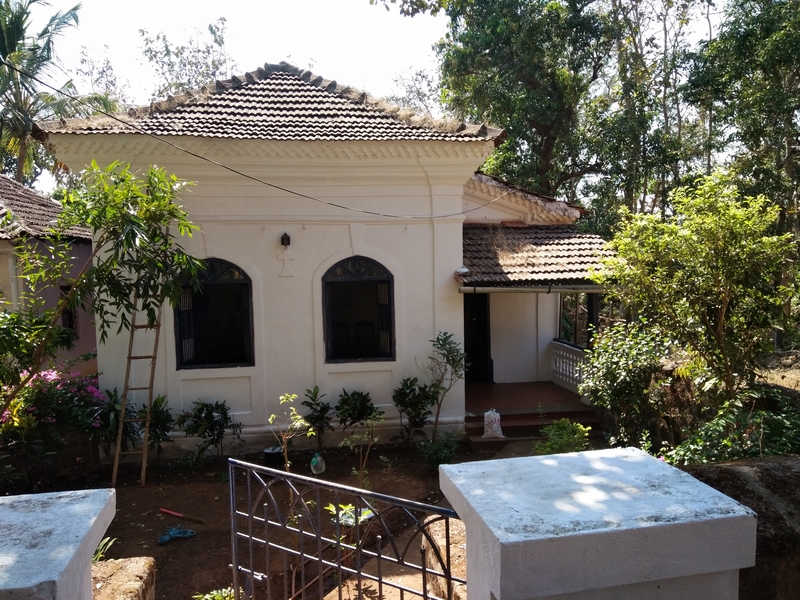Pyramids of Giza, Egypt

Egypt is a place made of the stuff of dreams, if you love adventure and ancient civilizations. Rising from the sand on the outskirts of Cairo are the pyramids, a complex of ancient monuments, which are among the seven wonders of the ancient world. The ancient necropolis also consists of the pyramid of Khufu, the pyramid of Hefren, pyramid Mikerin and the big sphinx that we were all dying to see.
The highest of the pyramids is that of Cheops standing at 137.16 meters. Initially, the height of the pyramid was 146 meters, but presumably with weathering it as been worn away. This building is the first of the Seven Wonders of the World and ofcourse the pyramids are unquestionably the main center of attraction for many tourists who flock to Egypt.
What you will see at Giza are the three pyramids, each of which history says had an adjoining mortuary temple. Every temple had a covered causeway descending down to a valley temple, near the Nile. And the 'great' pyramid itself is an astonishing feat of engineering skill which for over four thousand years, until the 20th century, was the tallest building in the world.
Looking at the construction we are told that the sides are oriented to the four cardinal points of the compass and the length of each side at the base is 755 feet. It was constructed using around 2,300,000 limestone blocks, weighing, on average, 2.5 tons each. Although there are some blocks which weigh as much as 16 tons. Until recently,the pyramid was plastered with smooth limestone but this apparently was plundered to build modern Cairo.
The building of the pyramid according to history brought together communities from Upper and Lower Egypt and they worked together to build a national monument. And it was not until Napoleon's invasion of Egypt in 1798 that the wonderful artefacts of the Egyptians were seen in Europe and their ancient culture began to dazzle the world. Then later in 1799 a French captain named Pierre Bouchard discovered the famous Rosetta Stone which was carved with the same text in two languages, Egyptian and Greek, and the three writing systems, hieroglyphic, demotic, and the Greek alphabet were understood.
Historians believe that this was a tremendous piece of luck because it enabled scholars to unlock the hieroglyphic code and without the stone, the world would know nothing of the ancient Egyptians, and the details of their three thousand years of history would remain a mystery.
Some believe that his pyramid at Giza was built by slaves but this is not true. One hundred thousand people worked on it for three months of each year. This was the time of the Nile's annual flood which made it impossible to farm the land and most of the population was unemployed. The Pharaoh provided good food and clothing for his workers and was kindly remembered in folk tales passed down generations for many centuries.
Amazingly, the Great Pyramid is still among the world's largest structures and stands almost as tall as a 50 story skyscraper. The three main pyramids were built as tombs for the three Egyptian Pharaohs who were considered to be gods on earth. The first and largest pyramid, known as the Great Pyramid was a tomb for Pharaoh Khufu, who ruled the 4th dynasty around 2575 BC, which would have been centuries before Abraham, the first Hebrew. But the real marvel of this Great Pyramid was its massive size.
"We're talking about a society where they didn't have cameras, and you did not see great images. And so here are these stupendous, gigantic things thrust up to the sky, polished white limestone, blazing in the sunshine. and there's Khufu, the biggest thing on the planet actually in the way of a building until the turn of the century -- our century. And you see, for the first time in your life, not a few hundred, but thousands...of workers and people and industries of all kinds." - Mark Lehner.

Related Articles
Editor's Picks Articles
Top Ten Articles
Previous Features
Site Map
Content copyright © 2023 by Marianne de Nazareth. All rights reserved.
This content was written by Marianne de Nazareth. If you wish to use this content in any manner, you need written permission. Contact Marianne de Nazareth for details.





 -resizeimage.jpg.jpg)

